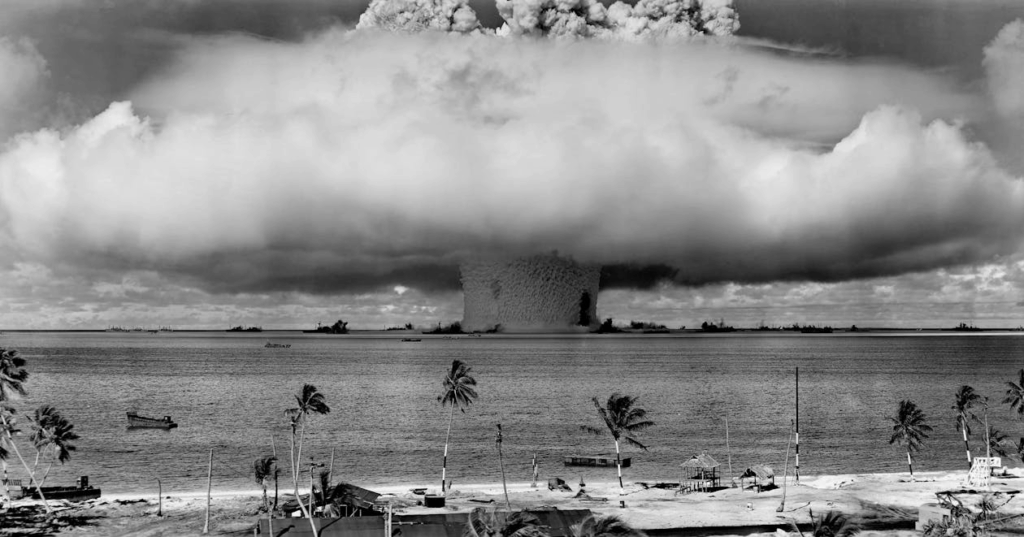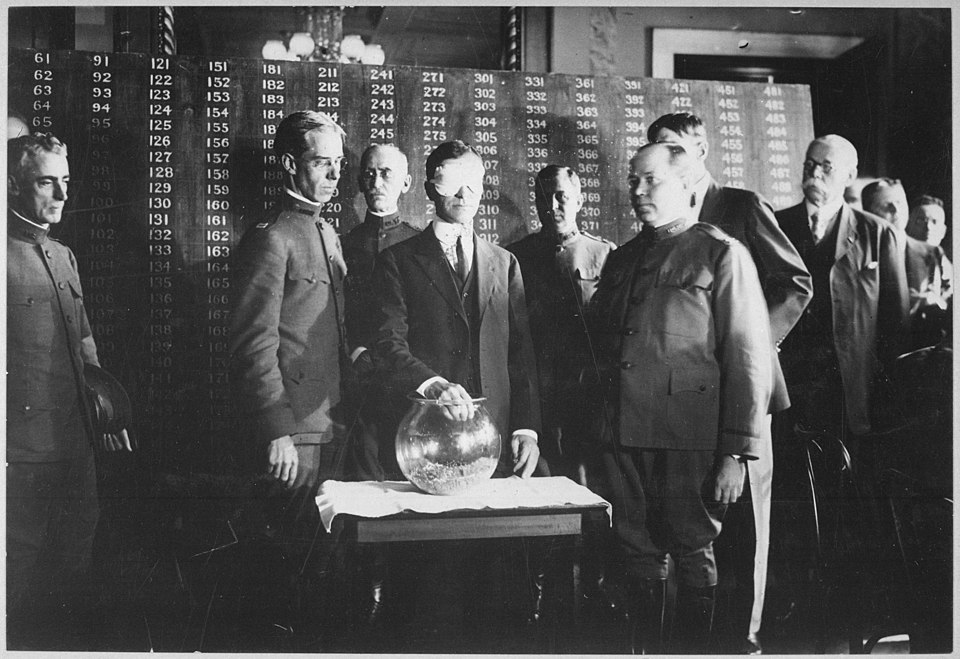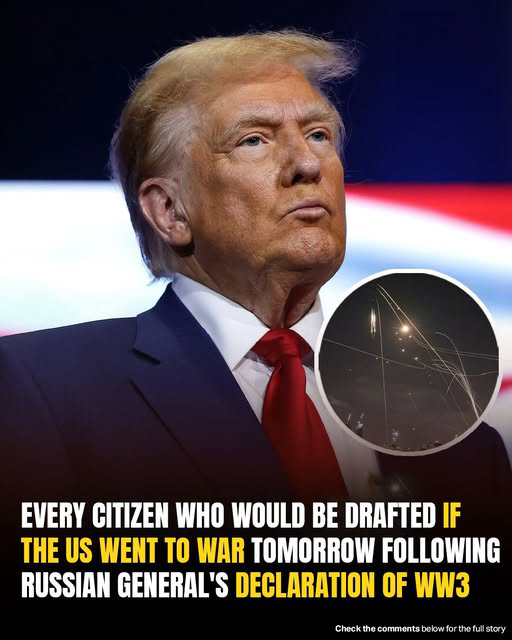Google data indicates that searches for World War III and U.S. draft regulations have surged in response to recent Middle East hostilities. According to reports, searches for “WWIII” and “US draft age limit” increased following these significant global events. With many Americans wondering who would be draughted if the selective service system were to be reinstated, this demonstrates increased concern about how tensions would impact military service obligations. Federal law preserves guidelines for reactivating the system in times of emergency, despite the fact that the US does not have a draft.
Would America Support Conscription for WW3?
This is consistent with results from a recent Atlantic Council survey. According to their survey, 69% and 65% of respondents, respectively, believed that significant wars between powerful nations might break out in the next ten years. After the Vietnam War, the United States abolished military conscription in January 1973.
The majority of Americans are generally unfamiliar with the draft process because three generations of Americans have not been required to serve in the military. Nevertheless, in the event of a national emergency, the government maintains comprehensive protocols for reactivating conscription.
America’s Draft Pool Contains 16.4 Million Men
Knowing who gets called first is the first step to understanding how this operates. Men aged 20 would be the first to be draughted. Then, depending on military requirements, it would spread to other age groups. Approximately 16.4 million men in the country between the ages of 18 and 25 have records kept by the Selective Service System. In contrast, there are currently about 1.3 million active-duty members serving in all branches.
Who Would Be Drafted if America Faces WW3?
Citizens and non-citizens are subject to the same requirements. Refugees, asylum seekers, unauthorised immigrants, and permanent residents are all covered by the system. People with disabilities and transgender people who were assigned male at birth are included in the database. Regardless of political opinions, conscientious objector status, or personal convictions regarding military duty, eligibility remains unchanged. Although only men are currently required to register, military officials have stated that the Selective Service is ready to increase enrolment if laws pertaining to women ever alter. The multi-stage selection and evaluation procedure begins with this data.

Registration Requirements and Penalties
It’s easy to register. A website run by the Selective Service would be the main entry point for WW3 conscription. Additionally, it keeps forms in roughly 35,000 post offices across the country. According to the law, a person must join up within 30 days of turning 18. Almost everyone who is eligible complies with this criteria. However, there are severe penalties for not registering, which is against federal law. Failure to register may result in felony charges, which carry maximum penalties of five years in jail and fines of $250,000. There are further repercussions for such a felony conviction, as legal experts point out. These include losing the ability to vote and possess a firearm. In addition to criminal penalties, further repercussions include losing one’s eligibility for government employment and federal student financial aid. Furthermore, non-registrants are no longer eligible for state student aid programs in 31 states. The administrative framework for possible draft activation in the event that Congress declares a national emergency is established by these conditions.
The Path to Draft Activation
The procedure would follow certain phases if a national emergency, like World War Three, necessitated activating this system for conscription. The President and Congress must agree before a draft may begin. To make it possible, the Military Selective Service Act must be changed. The Selective Service System has 193 days from the time they provide this authorisation to go from maintaining records to carrying out active conscription.
How Would the Draft Lottery System Work?

At public gatherings, officials employ a lottery system in which they select birth dates at random. Both national television and the internet broadcast these events.
Each day is associated with a number between 1 and 365, much to the lottery from the Vietnam era in 1969. Military analysts confirm that officials call lesser numbers first. In the lottery year, the first people summoned are those who are twenty years old. Those who turn 21 come next, and so on, until they are 25. Later lottery phases would cover guys turning 19 and 18.5 if additional persons are required. Officials select individuals equally from every state and U.S. territory during this process. This keeps both urban and rural communities fairly represented. Under full activation, the current enrolment levels offer a pool of several million potential draftees. However, the military examination process begins rather than concludes with obtaining induction orders.
How Conscription Works From Draft Call to Active Duty
People go through a thorough evaluation step after receiving induction orders. Military Entrance Processing Stations (MEPS) conduct thorough screening procedures prior to military recruitment. College students have the option to request delays during this phase, which will continue until they finish their degrees. Family status is also important. Married individuals with dependents are eligible for exemptions or alternative service assignments.
What Medical and Legal Exemptions Exist?
Those who are called might not immediately enlist in the military. Defence officials have explained that there are a number of deferment categories and exemptions. A significant part is played by psychological and medical tests. In the past, these assessments for World War III conscription have excluded over 40% of those who were initially chosen from military service. Blood work, physical fitness testing, mental health screenings, and vision and hearing tests are all part of the evaluations. It may take a few days to finish these. Conscientious objectors may be given different military assignments if they have moral issues. According to established procedures, these postings may involve civilian service, administrative, or medical positions.
Military Roles for Draftees
Furthermore, studies show that people may choose to enlist in particular areas or professions in order to avoid being assigned to combat service. According to historical data from prior versions, support jobs usually require more personnel than direct combat positions. These include jobs in administration, communications, and logistics.
What Are the Chances of an Actual Draft?
It’s crucial to keep in mind the current situation despite all of these intricate procedures. At now, the United States’ military system is entirely voluntary. Since 1973, this building has been in continuous operation. Roughly 2.2 million men were ordered to serve in the draft during the Vietnam War. Many, nevertheless, were given alternate assignments or deferments. In the meantime, current federal law still mandates Selective Service registration. These function separately from ongoing draft activities. History demonstrates that deferment rules and exemption categories have a significant impact on ultimate induction numbers, which in turn affects who will be draughted into service. As a result, real military service numbers would probably be significantly fewer than those indicated by initial
